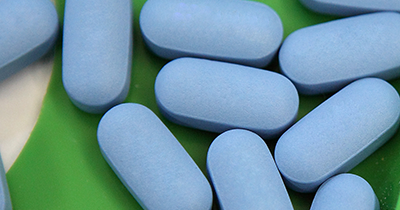HIV pre-exposure prophylaxis (PrEP) is a highly effective method of preventing HIV transmission. PrEP involves taking a daily medication that contains antiretroviral drugs that can prevent HIV from establishing a permanent infection in the body. In this blog post, we will discuss the effectiveness of PrEP in preventing HIV infections, including its benefits, limitations, and factors that can affect its effectiveness.
Table of Contents
Benefits of PrEP
Several studies have already proved that PrEP is highly effective in preventing HIV infections . In clinical trials, PrEP has been shown to reduce the risk of HIV transmission by up to 99% when taken consistently and correctly. PrEP has also been found to be highly effective in real-world settings, including among men who have sex with men, heterosexual couples, and people who inject drugs. PrEP has been shown to be effective regardless of gender, age, race, or sexual orientation.
Limitations of PrEP
While PrEP is highly effective, it is not a perfect prevention method. PrEP is only effective against HIV and does not protect against other sexually transmitted infections (STIs) or unintended pregnancy. Additionally, PrEP must be taken consistently and correctly to be effective, which may be challenging for some individuals. Finally, PrEP may not be accessible or affordable for everyone, which could limit its effectiveness in preventing HIV infections.
Factors that affect the effectiveness of PrEP
Several factors can affect the effectiveness of PrEP in preventing HIV infections. These include:
Adherence: PrEP must be taken consistently and correctly to be effective. Missing doses or not taking PrEP as directed can decrease its effectiveness.
Timing: PrEP must be started before exposure to HIV to be effective. It can take up to seven days for PrEP to reach full effectiveness, so it is important to start taking PrEP at least one week before potential exposure to HIV.
Drug resistance: If a person is already infected with HIV, taking PrEP can increase the risk of developing drug-resistant strains of the virus.
Other prevention methods: PrEP is most effective when used in combination with other prevention methods, such as condom use and regular STI testing.
Stigma and discrimination: Stigma and discrimination can discourage people from seeking and using PrEP, which could limit its effectiveness in preventing HIV infections.
Conclusion
PrEP is a highly effective method of preventing HIV infections when taken consistently and correctly. It has been shown to be effective in clinical trials and real-world settings and is effective regardless of gender, age, race, or sexual orientation. However, PrEP is not a perfect prevention method and must be taken consistently and correctly to be effective. Several factors can affect the effectiveness of PrEP, including adherence, timing, drug resistance, other prevention methods, and stigma and discrimination. It is important for individuals to work with their healthcare providers to determine if PrEP is right for them and to take PrEP as directed to maximize its effectiveness in preventing HIV infections. If you want to start taking PrEP, please read this complete guide on how to buy PrEP online in a safe and effective manner.

